5 August 2017 | Written by Nicolas Michel | Published in Data Center
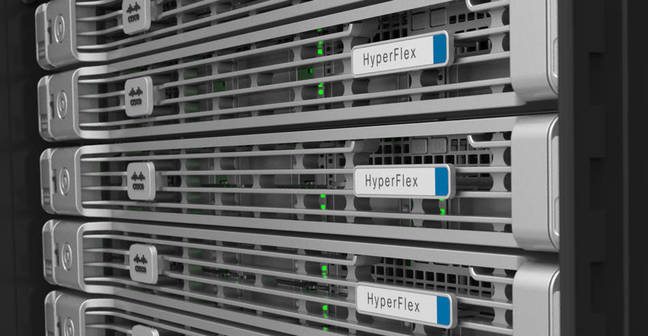
Cisco eased our job by releasing a pre installation spreadsheet and it is very important to read that document with great attention. It will allow you to prepare the baseline of your HC infrastructure. The installation is very straightforward once all the requirements are met. The HX infrastructure has an important peculiarity, it is very very very (did I say very) sensitive …. if one single requirement is not met, the installation will stall and you will be in a delicate situation because you could have to wipe the servers and restart the process. As a result, you could lose precious hours.
Cisco has a way to automate the deployment and to manage your HX cluster.Finally, The HX installer will interact with the Cisco UCSM, the vCenter, and the Cisco HX Servers.
It is especially relevant to note that the Cisco HX servers are tightly integrated with all the components described in the picture below:
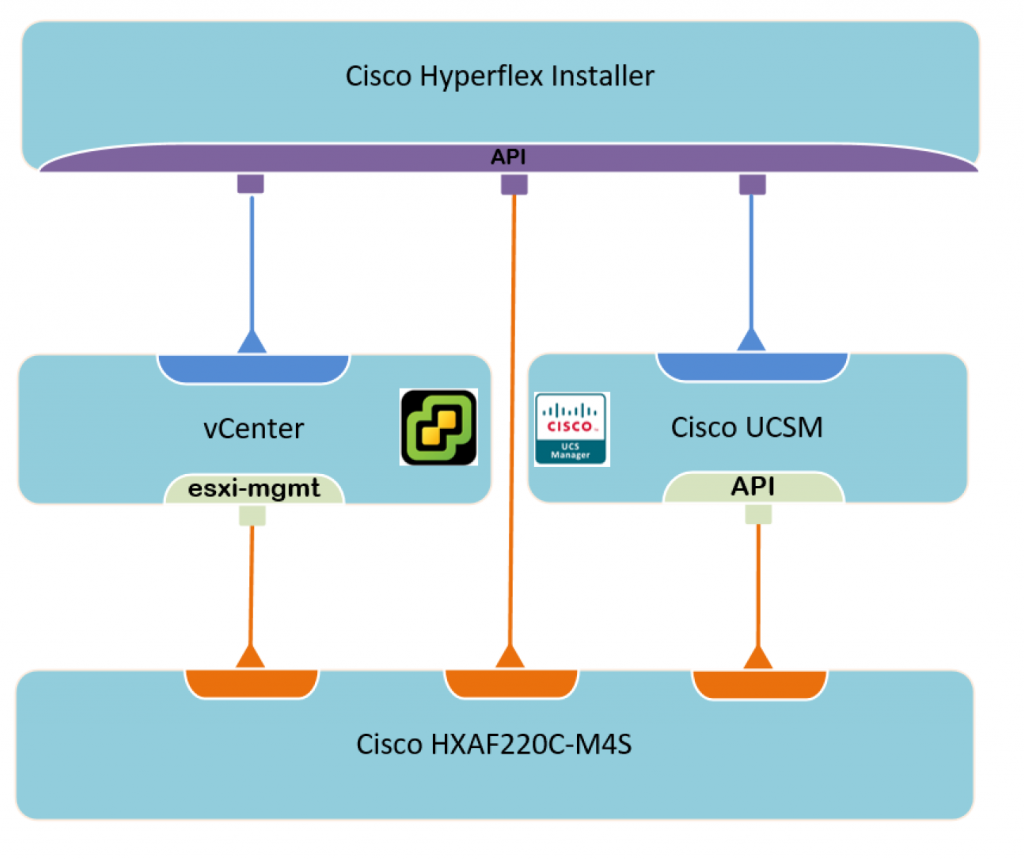
As usual with this kind of deployment, you have to make sure that every version running in your environment is supported. We will run the 2.1(1b) version in our lab and will upgrade to 2.5 at a later time. We need to make sure that our FI UCS Manager is running 3.1(2g).

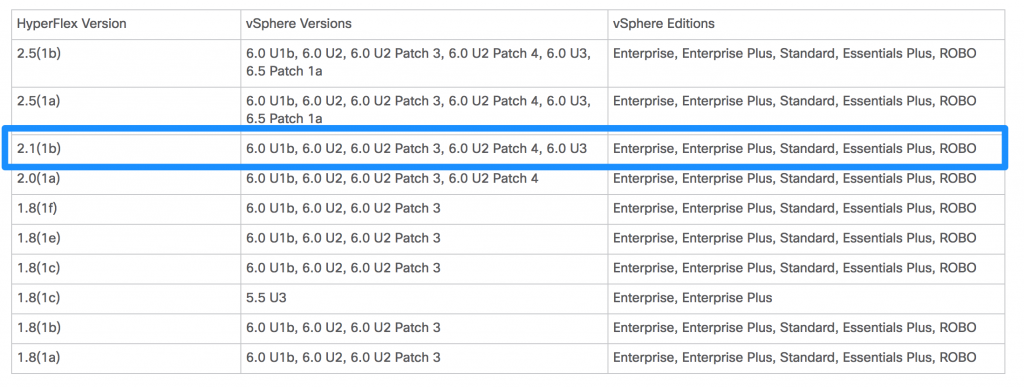
You cannot install less than 3 nodes in a Cisco HyperFlex Cluster. Because the HX solution is very sensitive, it is mandatory to have some consistency across the nodes regarding the following parameters:
First of all, the HyperFlex solutions require several subnets to manage and operate the cluster.
We will segment these different types of traffic using 4 vlans:
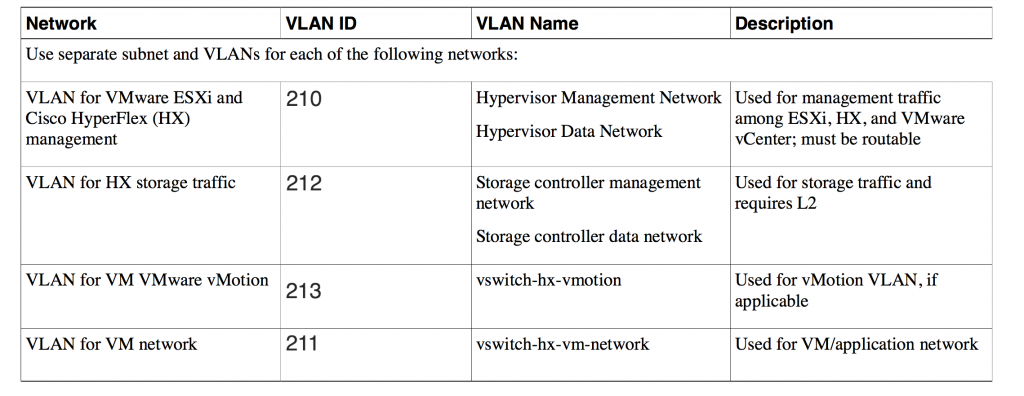
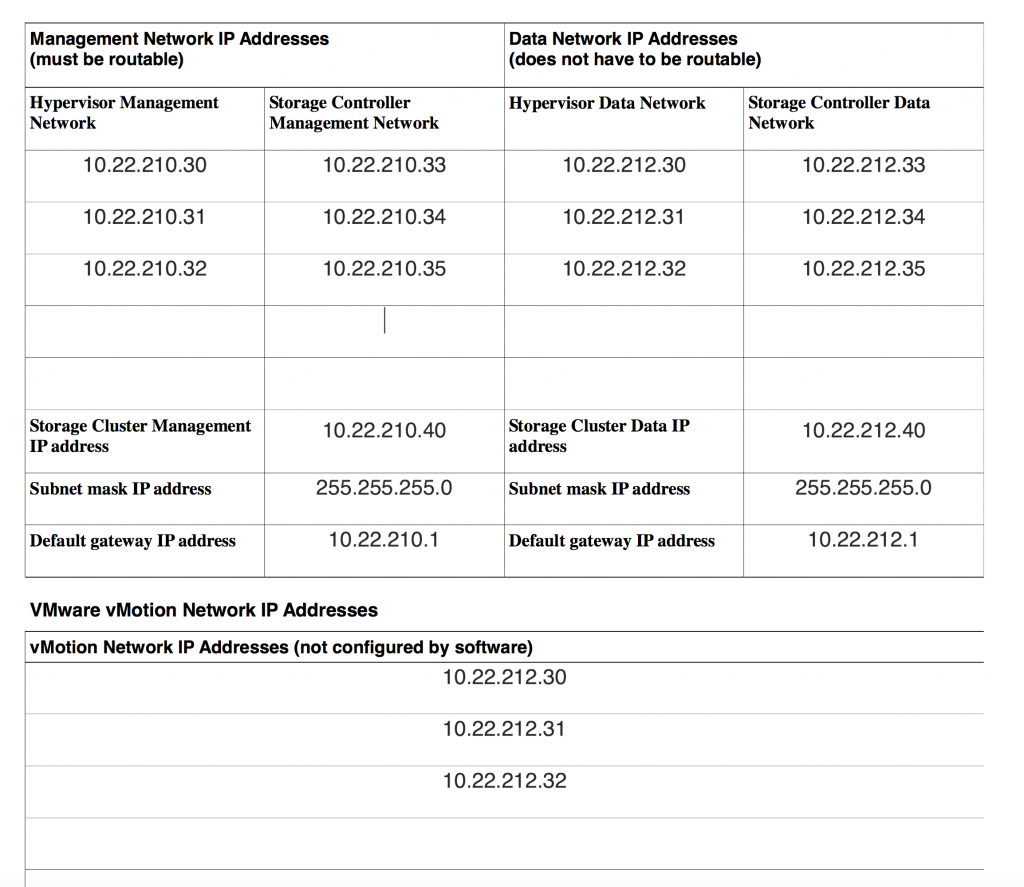
We also need to assign IP addresses for the UCS Manager Fabric Interconnect that will be connected to our Nexus 5548:
It is a best practice to use DNS entries in your network to manage your ESXi servers. Here we will use 1 DNS A records per nodes to manage the ESXi server. The vCenter, Fabric Interconnect and HX Installer will also have one.
The list below will show all the DNS entries I have used for this lab:
This sounds very basics and as a consequence, it is CRITICAL that these steps are performed PRIOR any deployment otherwise you will waste a lot of time trying to recover (at some point you would have to wipe your servers and reinstall a custom ESXi image on each one).
Finally, In the next blog post, I will show how to install the vCenter, The Fabric Interconnect and the HX installer needed for the HyperFlex deployment.
In conclusion, do not hesitate to leave a comment to let me know if you encountered any issue while planning your deployment.
Thanks for reading!
4 thoughts on “Hyper-converged infrastructure – Part 2 : Planning an Cisco HyperFlex deployment”
No part 3 ?
Working on it … so busy these days. Sorry about that 🙂
No part 3 ?
part3 remove this … and deploy a nutanix?